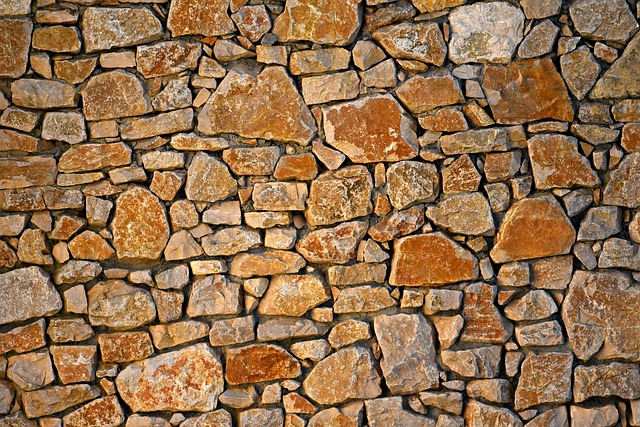Unveiling the Mystery: The Most Commonly Used Drywall in Modern Construction
Drywall, also known as plasterboard or gypsum board, is a ubiquitous material in the construction industry. It's used to create walls and ceilings in residential, commercial, and industrial buildings. But what is the most commonly used drywall? This article will delve into the world of drywall, exploring its types, uses, and why one particular type stands out as the most commonly used.
Drywall comes in various types, each with its unique characteristics and applications. The most common types include regular drywall, moisture-resistant drywall, fire-resistant drywall, soundproof drywall, and impact-resistant drywall. However, among these, regular drywall, also known as whiteboard, is the most commonly used.
Regular drywall is typically available in four by eight-foot panels and varying thicknesses, most commonly 1/2 inch for walls and 5/8 inch for ceilings. It's made of gypsum, a naturally occurring mineral, sandwiched between two layers of paper. This type of drywall is favored for its affordability, ease of installation, and adaptability to a wide range of applications.
While regular drywall is the most commonly used, it's essential to understand that the choice of drywall often depends on the specific needs of a construction project. For instance, in areas prone to moisture, like bathrooms and basements, moisture-resistant drywall, also known as green board, is preferred. Similarly, for buildings that require enhanced fire safety measures, fire-resistant drywall, also known as Type X, is the go-to option.
The popularity of regular drywall can be attributed to several factors. First, its affordability makes it an attractive option for large-scale projects and budget-conscious homeowners. Second, its ease of installation means that it can be quickly and efficiently installed, reducing labor costs and project timelines. Finally, its versatility allows it to be used in a variety of applications, from creating smooth, paint-ready interior walls to serving as a base for tile in semi-wet areas.
However, it's worth noting that the construction industry is continually evolving, with new materials and technologies emerging. For instance, eco-friendly drywall options, such as recycled drywall and drywall with reduced gypsum content, are gaining traction. These options offer environmental benefits, such as reduced energy consumption during production and improved indoor air quality.
In conclusion, while regular drywall is currently the most commonly used type, the choice of drywall is largely dependent on the specific requirements of a construction project. As the industry continues to evolve, we may see a shift in this trend, with more sustainable and specialized types of drywall gaining popularity.

Post Comment